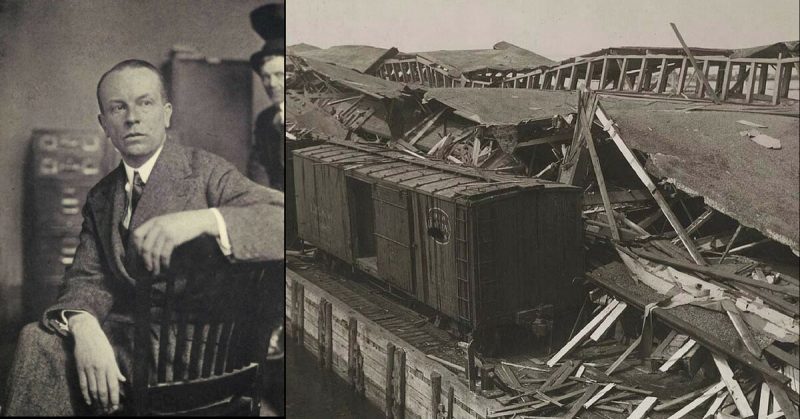When Al Qaeda destroyed New York City’s World Trade Center in 2001, many thought it was the first terrorist attack on US soil. They were wrong. That dubious honor went to Germany which attacked New Jersey in 1916 – an event known as the Black Tom Explosion.
The destruction was so severe that the effects could be felt from miles away. Interestingly enough, the authorities originally blamed mosquitoes.
It all started when WWI broke out in 1914. Despite pleas from Britain, America refused to get involved and was determined to stay neutral. It preferred to sell things to both sides, but that couldn’t possibly last.
Britain was a superpower with a vast, global empire. When the war ended, it would remember who its friends and enemies were, so the American government buckled in 1915 by banning the sale of weapons to the Central Powers (which included Germany). The US did, however, allow the Allies (led by Britain) to buy American-made arms.
The Germans were understandably outraged. Britain was the world’s supreme naval power, so it used its fleet to blockade Germany and restrict its access to supplies by sea. This latest embargo on American weapons was the last straw.
There was one problem, however. How does one stop America from supplying the Allies while making sure it stayed out of the war? If the US joined the conflict, there was no doubt as to on which side it would join. Beleaguered as they already were, the Germans couldn’t afford that.
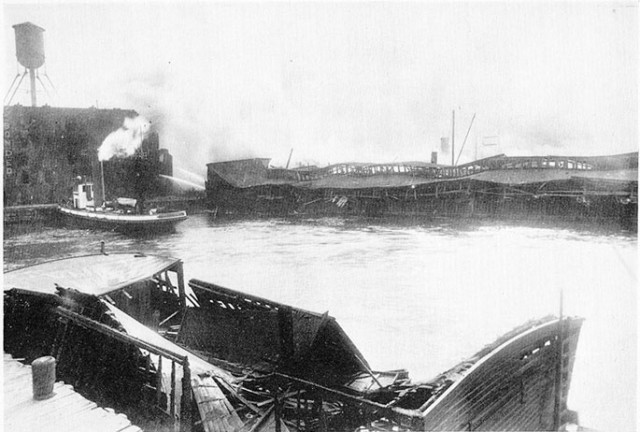
So they engaged in sabotage. For that, they turned to Johann Heinrich Graf von Bernstorff, their ambassador to the US. Besides supporting Indian and Irish independence movements from Britain, Bernstorff helped bring in German agents. Among these was Captain Franz Rintelen, a German Naval Intelligence officer and spymaster.
Among the weapons at Rintelen’s disposal were pencil bombs. Large, hollow cylinders with two chambers inside, one held picric acid while the other contained sulfuric acid. Depending on the thickness of their copper dividing wall, they could be timed to go off after several days.
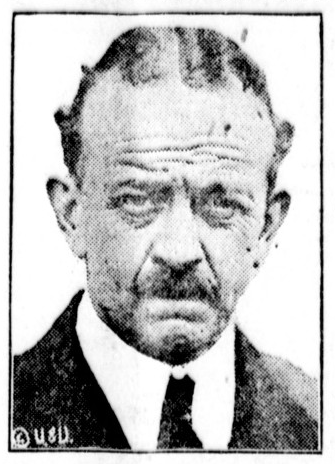
These were put on munitions ships bound for the Allied Powers in Europe. Once the sulfuric acid ate through the barrier and mixed with the picric acid… kaboom! And with munitions on board, the damage was immense.
Since it would happen off US territorial waters, no one could trace it to Germany, giving America no reason to join the Allies. By war’s end, pencil bombs sank 36 cargo ships, causing $10 million worth of damage (about $157 million in 2016 values).
For greater impact, more conventional explosives were used. On 1 January 1915, German agents blew up the Roebling Wire and Cable plant in Trenton, New Jersey. On January 28, they sank an American ship bringing wheat to Britain.
Not all operations were successful, however. On February 2, they tried to destroy the Vanceboro International Bridge. Stretching from St. Croix in New Brunswick, Canada to Vanceboro, Maine in the US, the bridge was not destroyed, but there was damage to nearby buildings. The German agent responsible was caught, but he never implicated Rintelen, leaving him free to launch his most devastating attack.
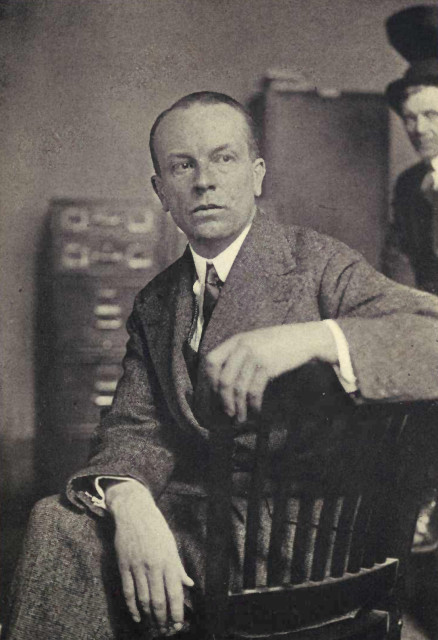
There used to be an islet in New York Harbor beside Liberty Island. One of its earliest residents was an African-American, so they called it “Black Tom.” In the centuries since, it was expanded with landfill and later incorporated into Jersey City, New Jersey. By the start of the 20th century, Black Tom was a mile-long pier containing the warehouses for the National Dock and Storage Company.
It was also one of the main storage facilities for munitions bound for Europe, so it made the perfect target. By July 1916, some 2 million pounds of arms and artillery ammunition were housed in several warehouses, some freight cars, and docked barges.
One of these, the Johnson Barge No. 17, had 100,000 pounds of TNT onboard. It wasn’t supposed to be there, but the owner wanted to avoid paying a $25 towing fee – something he would later regret.
Since the facility was vast, the preparation took several days. Lothar Witzke and Kurt Jahnke set up the incendiary devices at different points, but doing so without being caught was both time-consuming and exhausting. They needed help, so they recruited the perfect accomplice.
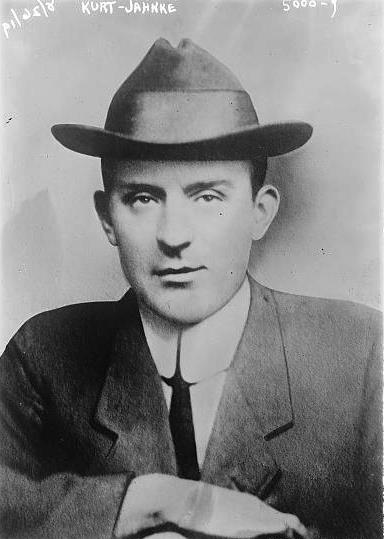
Michael Kristoff was a 23-year-old Slovak immigrant who lived in the nearby city of Bayonne. An employee of the Tidewater Oil Company, he was also broke because of a general strike which began in mid-June. By July 20, riots broke out, resulting in the shooting of 19-year-old John Sterancsak by the police.
So when Kristoff was offered $500 (roughly $11,400 in 2016 values), it must have been a godsend. According to his landlord, Kristoff kept odd hours and sometimes came home late at night reeking of fuel, and with filthy hands and clothes.
Just before midnight on July 29, small fires broke out on the pier. The company’s eight security guards tried fighting the flames, but as more broke out, they fled and called the Jersey Fire Department. At 2:08 AM the following day, the first explosion hit.
It was the biggest, creating a shockwave equal to an earthquake with a magnitude of 5.0 and 5.5 on the Richter scale. Windows as far as 25 miles away were obliterated. In Manhattan’s Time Square, glass shards blew out of their skyscrapers and pummeled the streets below. People were rocked out of their beds as shockwaves could be felt as far as 90 miles away. In Maryland, people ran out of their houses fearing an earthquake.
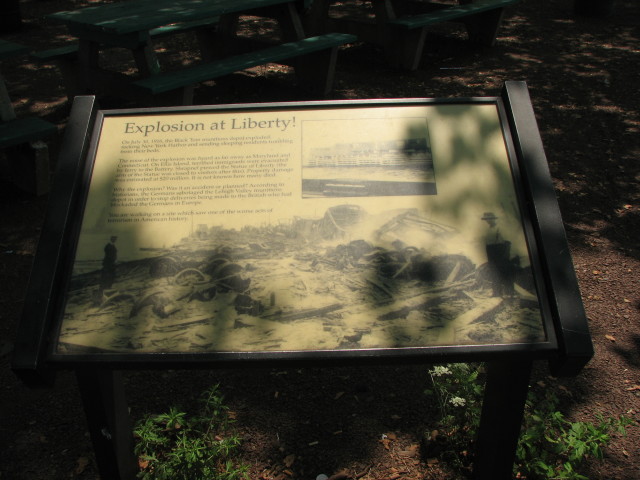
Shrapnel flew in all directions. Some lodged in the Statue of Liberty, damaging her skirt and torch. To this day, access to that torch is banned. Smaller explosions continued till dawn, but they caused little damage. Despite almost half a billion dollars’ worth of damage in today’s money, only seven died in the attack, though hundreds were hurt.
Investigators originally blamed the watchmen who burned smudge pots to keep mosquitoes away. Further investigations cleared them, but Germany’s role was only discovered after the war. In 1953, they agreed to pay $50 million for the damages, something they only managed to settle in 1979.
The Black Tom Explosion was one of the reasons the United States passed the Espionage Act of 1917.
